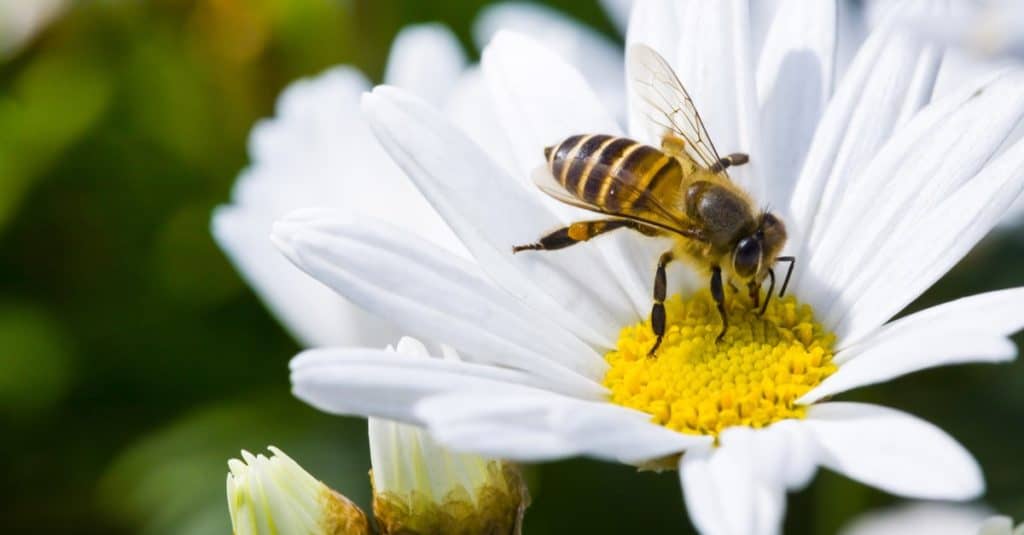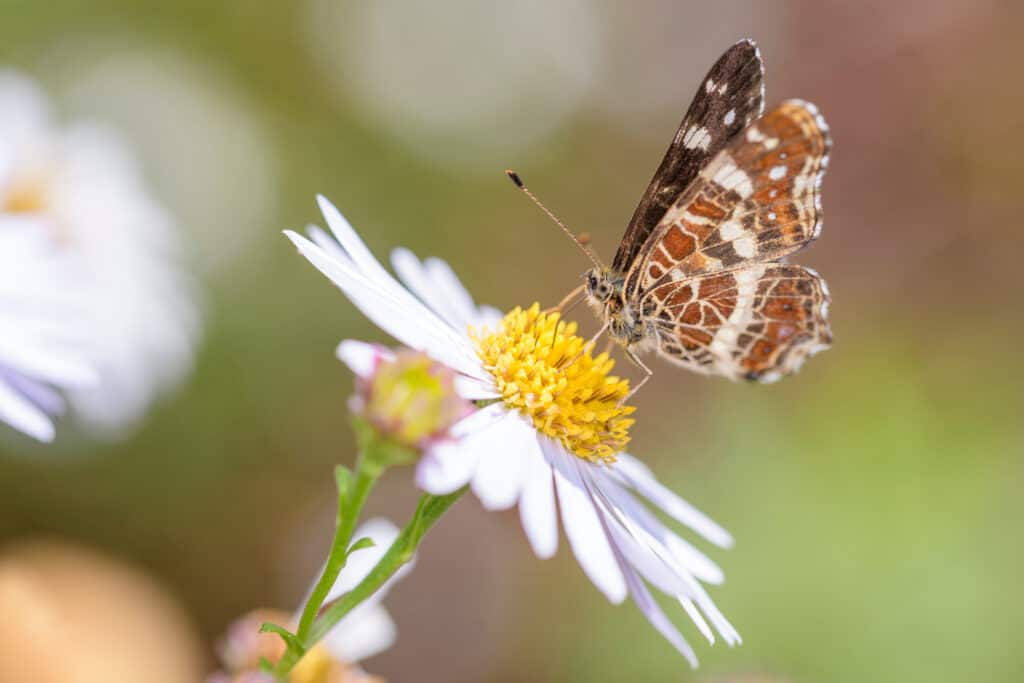Denmark is a country in the north-western part of the European continent, existing both as part of the Jutland peninsula and as an archipelago of islands scattered east of the Jutland peninsula. Denmark is home to about 30,000 distinct species of plants and animals. One of the plants growing in Denmark is its national flower, a special symbol that represents the country to the rest of the world. So let’s learn more about the national flower of Denmark: the daisy!
Geography and Climate of Denmark
Denmark has a temperate climate, with mild and windy winters and cool summers. The local terrain is generally flat, with a few gentle hills. Despite being small in land mass and having a population of fewer than 6 million residents, Denmark has greatly impacted European culture and history along with its other Scandinavian neighbors. One of Denmark’s notable contributions is in the areas of nonviolent conflict resolution, human rights, and governmental practices. Moreover, with more than two-thirds of the land used for farming, Denmark remains a highly agricultural country inhabited by people whose livelihoods are tied to the natural landscape. Because of that, Denmark has more recently become a leader in sustainability and environmental activism.
What is Denmark’s National Flower?
As mentioned above, the national flower of Denmark is the daisy. More specifically, the flower is the species Argyranthemum frutescens. Argyranthemum frutescens is also commonly known as a “marguerite daisy” or simply as a “marguerite.”

The national flower of Denmark is the marguerite daisy (
Argyranthemum frutescens).
©Jack Hong/Shutterstock.com
History of Denmark’s National Flower
In 1936, the Danish government decided that the national flower of Danmark should be the red clover. Red clover is the common name for the species Trifolium pratense, a member of the pea flower family. It was, in fact, a very important fodder plant in Danish agriculture. However, the red clover never caught on as a well-recognized symbol among the Danish people. It remained a simple plant used for fodder rather than becoming a popular emblem.
Then, in April 1987, a popular magazine in Copenhagen invited readers to submit their proposals for a new national flower. When they tallied the more than 15,000 votes mailed in, the marguerite daisy was the overwhelmingly popular pick, capturing over 70% of the vote. Following behind were the dandelion and the blue anemone.
Shortly after this informal magazine poll, the people and even parts of the government seemed to embrace the role of marguerite daisy as the national flower of Denmark. Though this has never been elevated as an official emblem, many Danes consider this to be Denmark’s national flower. Furthermore, this flower seemed particularly appropriate because it had already been used as a symbol by certain royal family members. However, the verdict was not entirely final. Because marguerite daisies do not grow natively in Denmark, some people would prefer to adopt the oxeye daisy (the species Leucanthemum vulgare), which does grow natively.

Since marguerite daisies do not grow natively in Denmark, some would prefer to adopt the oxeye daisy (
Leucanthemum vulgare) instead. This variety grows naturally.
©Dirk Daniel Mann/Shutterstock.com
What Are Marguerite Daisies?
Marguerite daisies, the species Argyranthemum frutescens, are not originally from Denmark. Rather, they are native to the Canary Islands off the coast of Africa. Marguerite daisies are technically perennial plants, but they are often grown as annuals. They can reach heights between 1 and 3 feet tall. Marguerite daisies love cool weather and can bloom throughout the early spring and later fall months. Thus, they are particularly well suited to a country like Denmark.
The green leaves give this plant a shrub-like appearance, while the flowers bloom in colors ranging from bright white to pink or yellow, with brown or yellow centers. However, white marguerite daisies are the most abundant. Their white petals and yellow centers give the iconic, recognizable daisy look that many people imagine when they think of the national flower of Denmark. Marguerite daisies’ vibrant colors and thick foliage make them a popular choice as a garden plant, for which they may be grown from cuttings or seeds.
Where Do Marguerite Daisies Grow?
Marguerite daisies grow natively in the Canary Islands but are now cultivated across the globe. Many of these friendly-looking flowers are grown in Italy and Southern California, which provide similar growing conditions to their native environment. Marguerite daisies bloom best in USDA hardiness zones 8-11 with full sun. Where they grow in the wild, you can find them in grasslands, pastures, and meadows. However, they are also popular among home gardeners.
If you want to grow marguerite daisies, make sure they get enough sun. Ideally, your daisies need at least six hours of sunlight daily. Because marguerite daisies are temperate plants, they will grow well in that amount of sunlight but will not thrive in temperatures much higher than 70 degrees Fahrenheit. If you live in a place with warmer temperatures than that, plant your marguerite daisies in a place that gets good afternoon shade. You can get by with watering the daisies about once a week.
Where Does the National Flower of Denmark Appear?
Over the years, the marguerite daisy has been used as a symbol to represent Denmark’s royal family, as well as in many other national contexts. It has been incorporated into coins, medals, and country signage. It also became a representative sign of Denmark’s country roads in 1991. You can even find a daisy motif in a popular jewelry line by a famous silversmith named Georg Jensen.
The photo featured at the top of this post is © iStock.com/tamara_kulikova
Thank you for reading! Have some feedback for us? Contact the AZ Animals editorial team.







